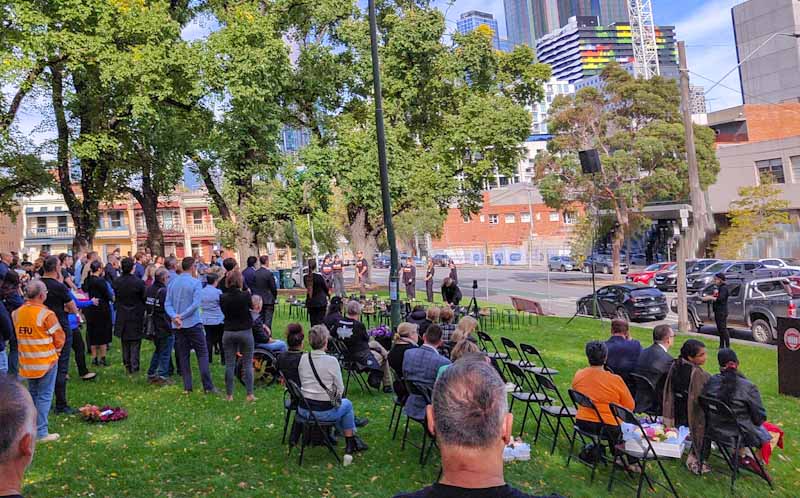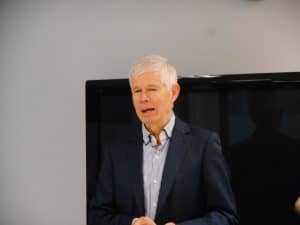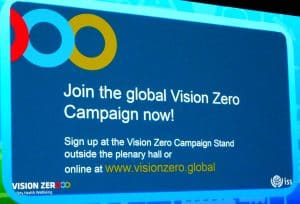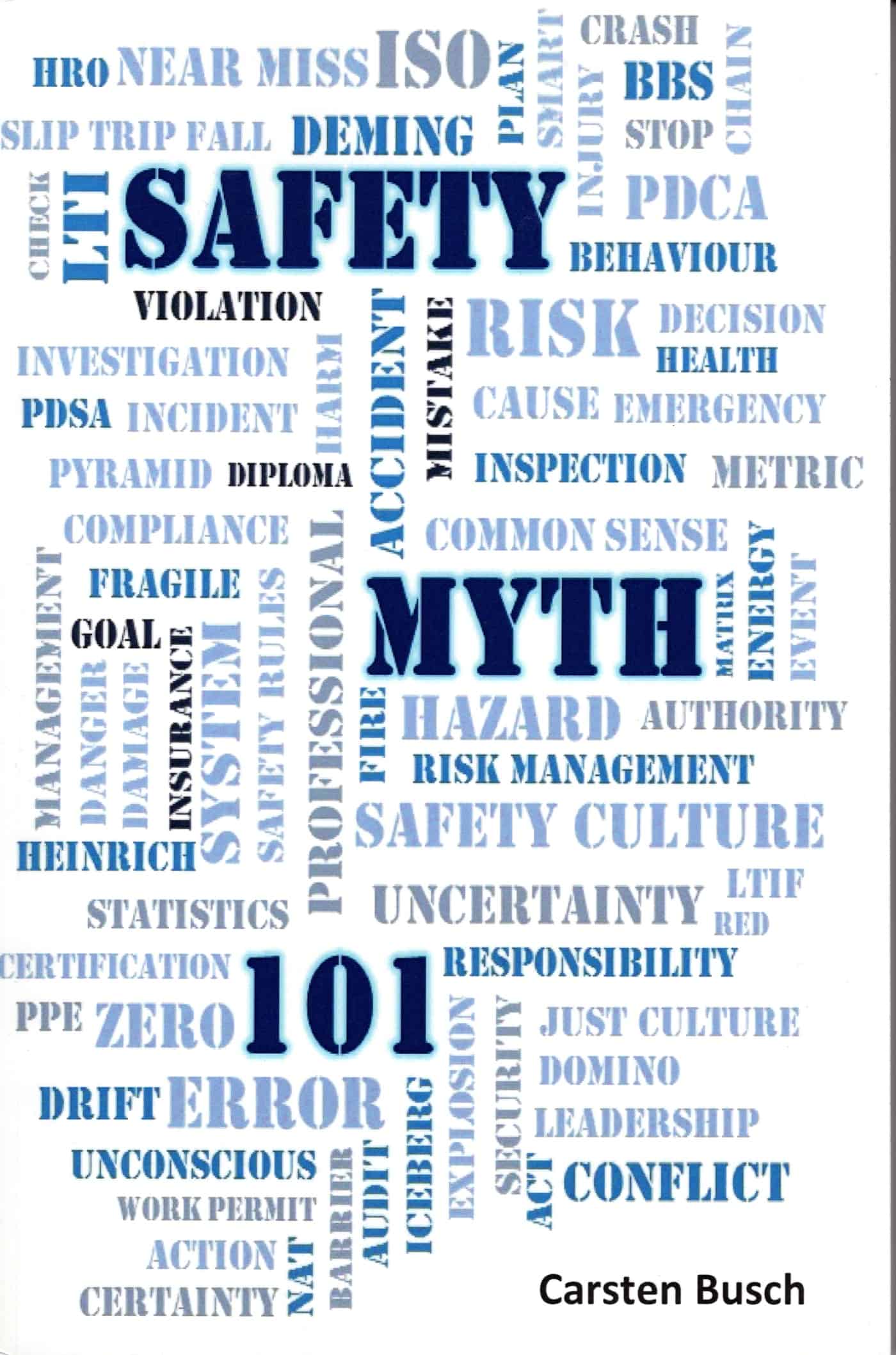For the first time, the International Workers’ Memorial Day in Melbourne, Victoria, occurred in a park without a memorial stone with its anachronist crucifix motif. It was also thankfully sunny. The traditional location for the event in the shadow of Trades Hall was sometimes bitterly cold. The changed location was the most obvious difference to the previous ceremonies. It remains very much a trade union event when it could be so much more inclusive, even if not apolitical.
The absence of the Minister of WorkSafe, Danny Pearson, increased the focus of attention on the CEO of WorkSafe Victoria, Colin Radford. Radford’s speech was curious, with many commitments that are hard to satisfy.



 Recently
Recently  The launch of a “Vision Zero” campaign about occupational health and safety (OHS) was a major element of the recent
The launch of a “Vision Zero” campaign about occupational health and safety (OHS) was a major element of the recent 